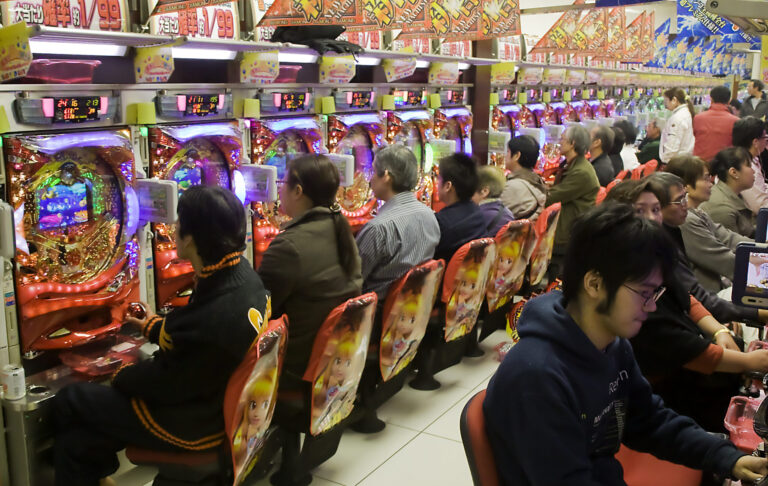Last week we took a closer look at Momotaro and Kintaro, two classic Japanese fairy tales that permeate Japanese culture. This week we’ll take a look at another important tale, although there are quite a few more we won’t cover in this blog at this time. If the interest strikes you, do some more research and read translations of the stories themselves! This site is a good place to start.
Taketori Monogatari (“The Tale of the Bamboo Cutter”), which is sometimes called Kaguya-hime (“Princess Kaguya”), is perhaps the oldest classic Japanese fairy tale. The story centers around a beautiful woman named Kaguya whose hair shines like the moon. She is found as a finger-sized baby inside of a shining bamboo tree by an old, childless bamboo cutter. The bamboo cutter and his wife decide to raise the child. The tiny baby grows into a beautiful woman (of normal size) and as the old couple raises her, they become rich because inside every bamboo tree Kaguya’s father cuts is a nugget of gold.
Kaguya’s parents try to keep Kaguya a secret, but news of her beauty spreads throughout the kingdom. Five princes convince Kaguya’s father to allow them to compete for her hand in marriage and Kaguya, who is not anxious to marry any of them, presents each bachelor with an impossible task, telling them that the first to complete the task would become her husband. All five failed—some even died. After this, the emperor of Japan asks Kaguya to marry him, but again she rejects even this suitor. Although the emperor continues to love Kaguya and ask for her hand in marriage, she continues to refuse him and instead becomes increasingly despondent. Her parents notice that when she stares at the moon, she cries. Eventually, Kaguya reveals that she’s from the moon and she misses her home.
The Emperor tries to keep her from leaving by placing royal guards around her home, but when celestial beings come for her return, the guards cannot stop them. Kaguya leaves behind a robe as a gift for her adoptive parents and leaves a note of farewell to them and the emperor. Along with her note to the emperor, she leaves a bottle of an immortality elixir, from which she takes a sip. Placing a new feathered robe around her shoulders, she forgets all about her earthly life and departs. Her parents receive her robe but are heartbroken and become sick. The emperor refuses to become immortal and instead writes a reply to Kaguya and asks that his servants take the letter and the elixir to the tallest point in the country and burn them there, hoping that Kaguya will receive the message. This point is the top of Mt. Fuji, and it is said that the mountain gets its name from this act, as the kanji for Fuji can mean “immortality.” It is also said that Fuji’s smoke (which isn’t often visible in modern times as the mountain rarely erupts) is the letter and elixir continuously burning.
Does the tale of Princess Kaguya remind you of any Western fairy tales? Which ones? What messages do you get from this tale?
No related posts.
Tags: bamboo cutter, fairy tale, folktale, japan, japanese culture, japanese customs, kaguya



